Although I traveled on a different continent to a country almost the same size as the United States, less Alaska, I saw many wildlife species that reminded me of the Yucatan or Mexico during my two week stay in Brazil. Many had the same English names, especially the birds, and others were “cousins” in the same families.
I want to mention two species. Although I’ve not seen the Mexican hairy dwarf porcupine in the Yucatan, I photographed the Brazilian porcupine sleeping on a limb 60 feet up in a tree. It first looked like a small termite nest from an 80 foot distance in the boat where I photographed. How lucky to get one image that shows the prehensile tail and the other with its eyes open and those amazing whiskers. By the way, both species are nocturnal and have prehensile tails.
To my surprise, a domestic mammal caught my attention, the Pantanal horse, which has been bred to adapt to the hot, humid conditions of this large wetland. They are used primarily in cattle management.
Here’s a smattering of some common species to us in the Yucatan along with unfamiliar ones, all photographed in Brazil.
MERRY CHRISTMAS, FELIZ NAVIDAD, HAPPY HANUKKAH, HAPPY KWANZAA, BUONE FESTE NATALIZIE, JOYEUX NOEL, FROEHLICHE WEIHNACHTEN, FELIZ NATAL, KRISMASI NJEMA, SAWAT DEE WAN, AND HAPPY HOLIDAYS!
LISTED SPECIES:
Hyacinth Macaw, Anodorhynchus hyacinthinus
Brazilian Porcupine, Coendou prehensilis
Black Skimmer, Rynchops niger
Black-collared Hawk, Busarellus nigricollis
Caiman yacare, Caiman yacare
Giant anteater, Myrmecophaga tridactyla
Toco Toucan, Ramphastos toco
Jaguar cub, Panthera once
Pantanal horses
Jabiru Stork, Jabiru mycteria
Chestnut-eared Aracari, Pteroglossus castanotis
Capuchin, Cebus sp.
Greater Rhea, Rhea americana
Capybara, Hydrochoerus hydrochaeris
Giant river otter, Pteronura brasiliensis
Agouti, Dasyprocta punctata
Tegu lizard, Salvator merianae
Blue-fronted Amazon, Amazona aestiva
Red-and-green Macaw, Ara chloropterus
By Cherie Pittillo for TYT
Cherie Pittillo, “nature inspired,” photographer and author, explores nature everywhere she goes. She’s identified 56 bird species in her Merida, Yucatan backyard view. Her monthly column features anecdotes about birding in Merida, Yucatan and also wildlife beyond the Yucatan.
Contact: [email protected] All rights reserved, ©Cherie Pittillo


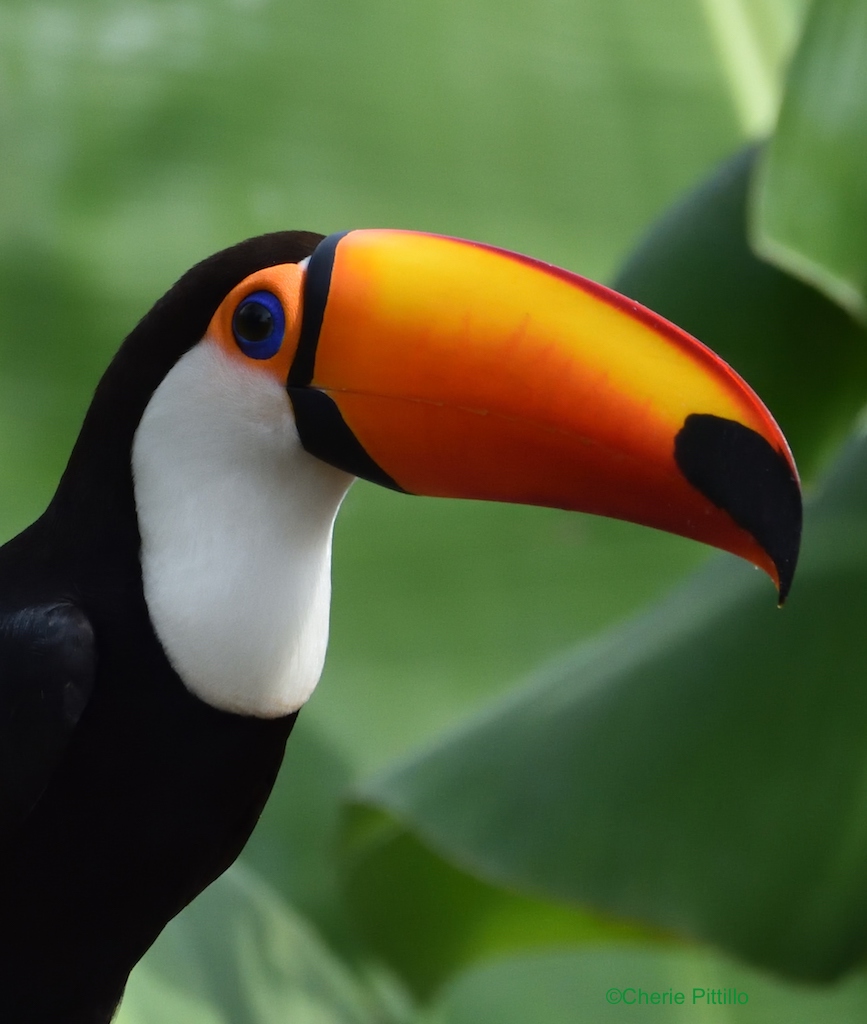
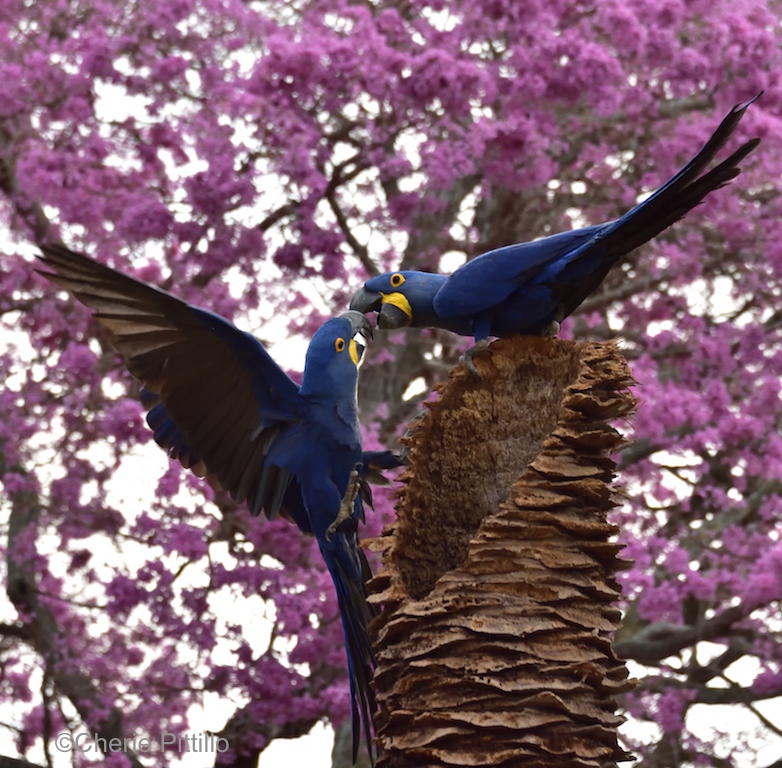
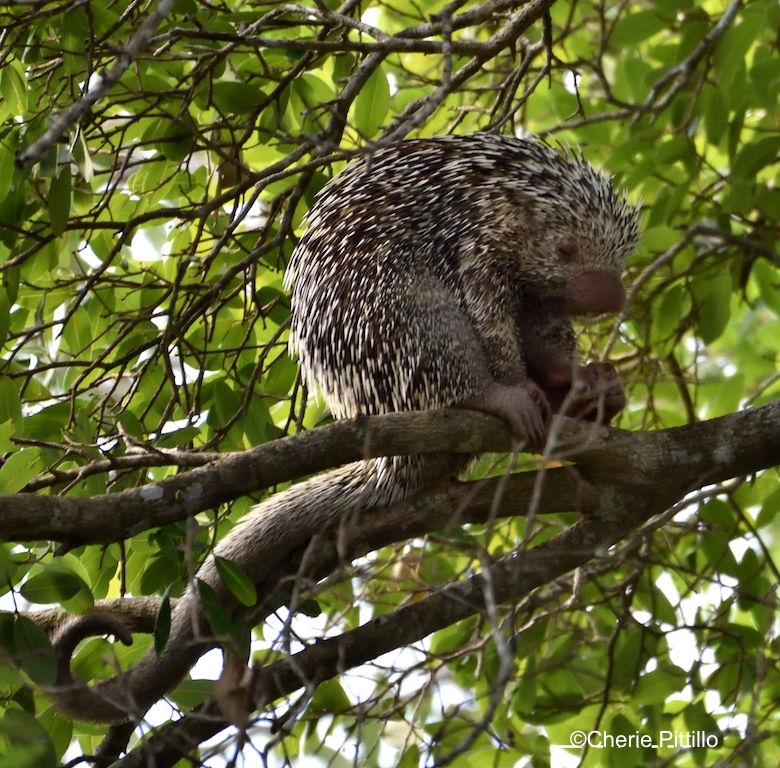
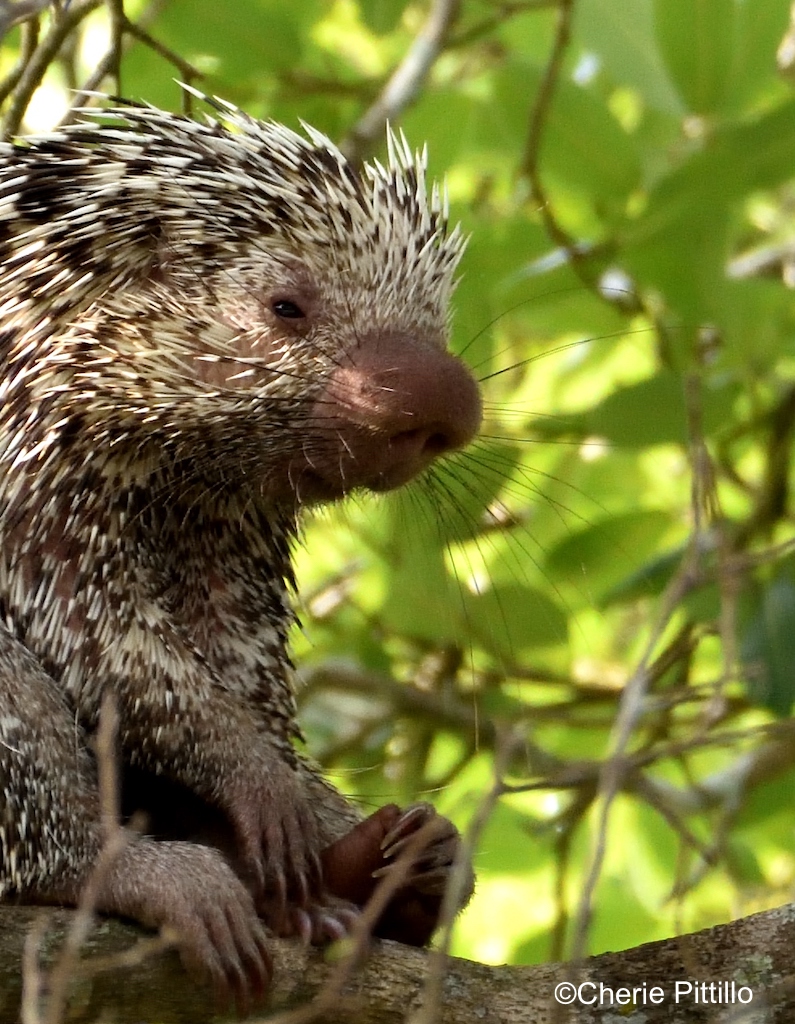



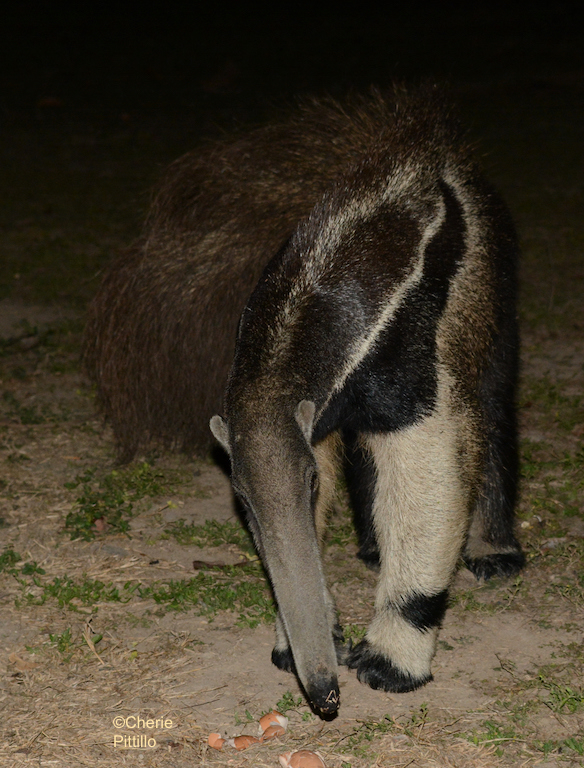

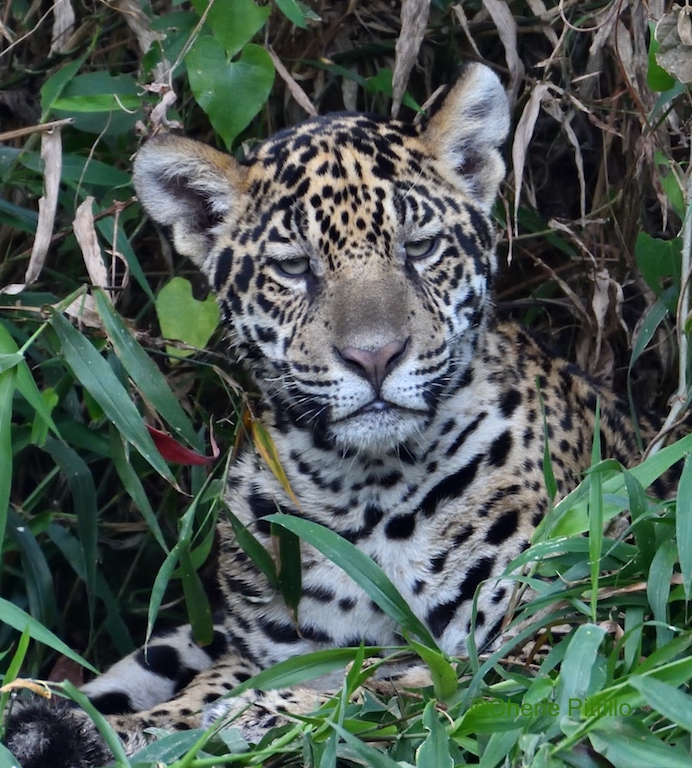



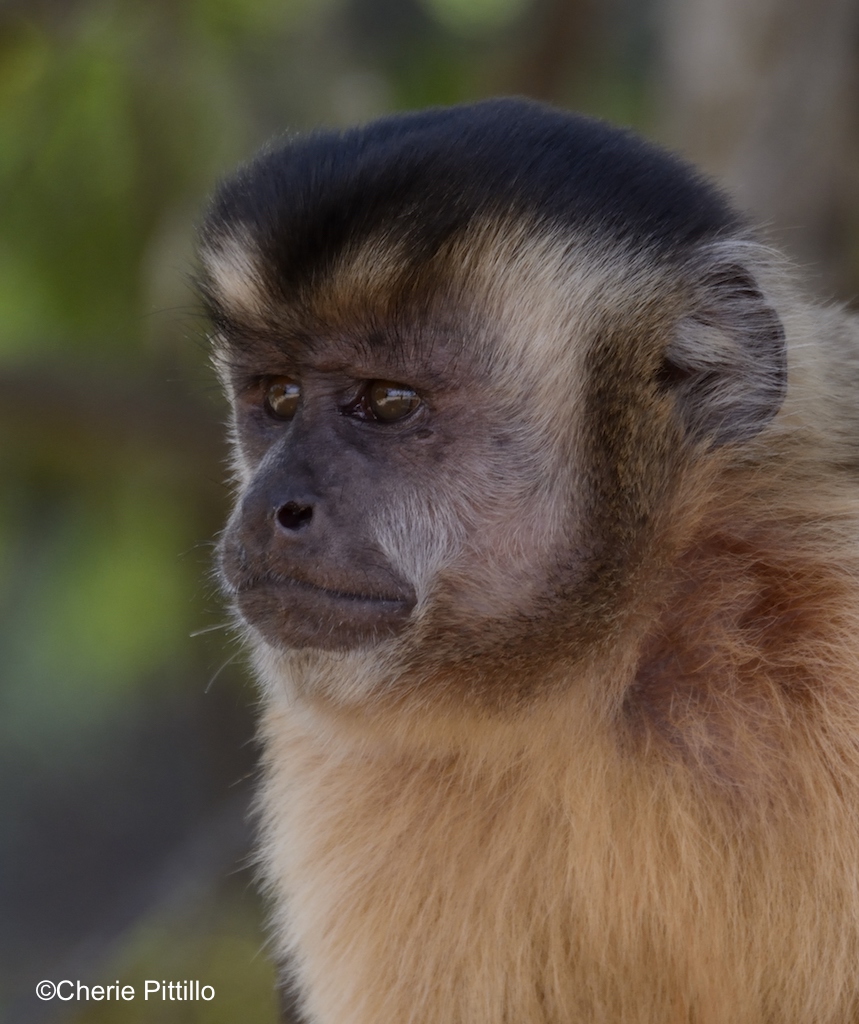

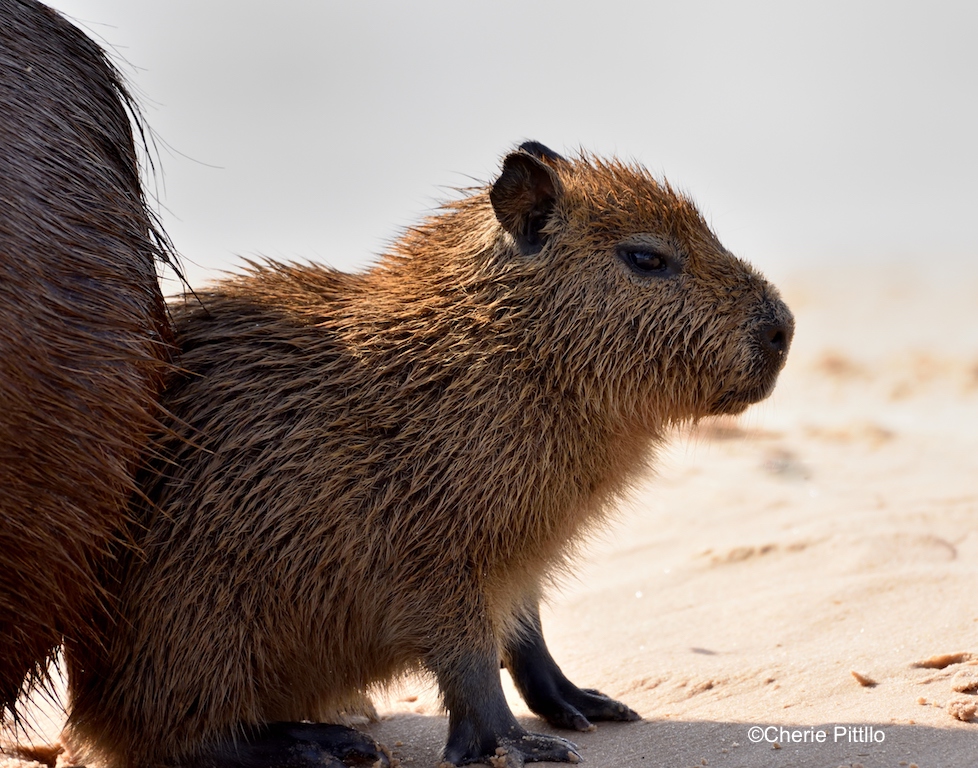

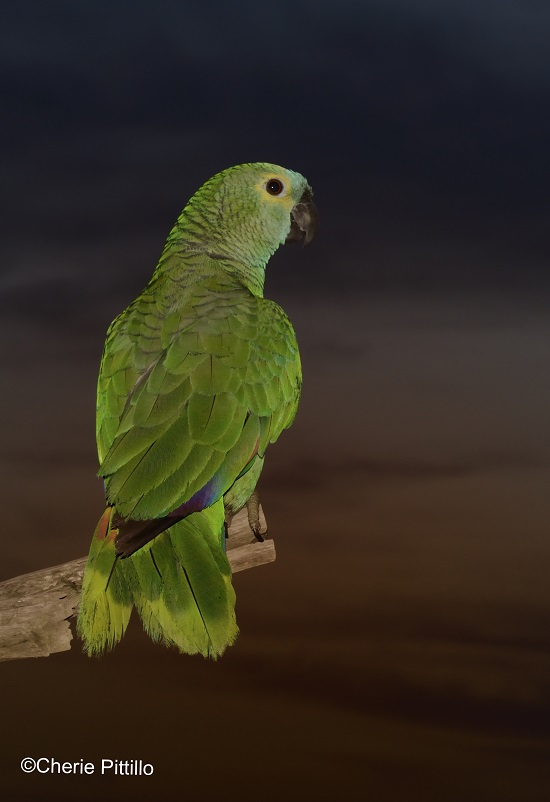
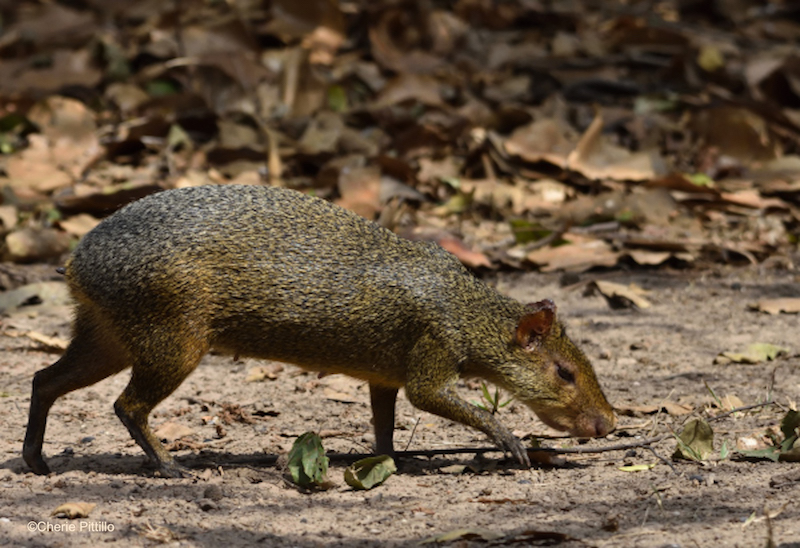
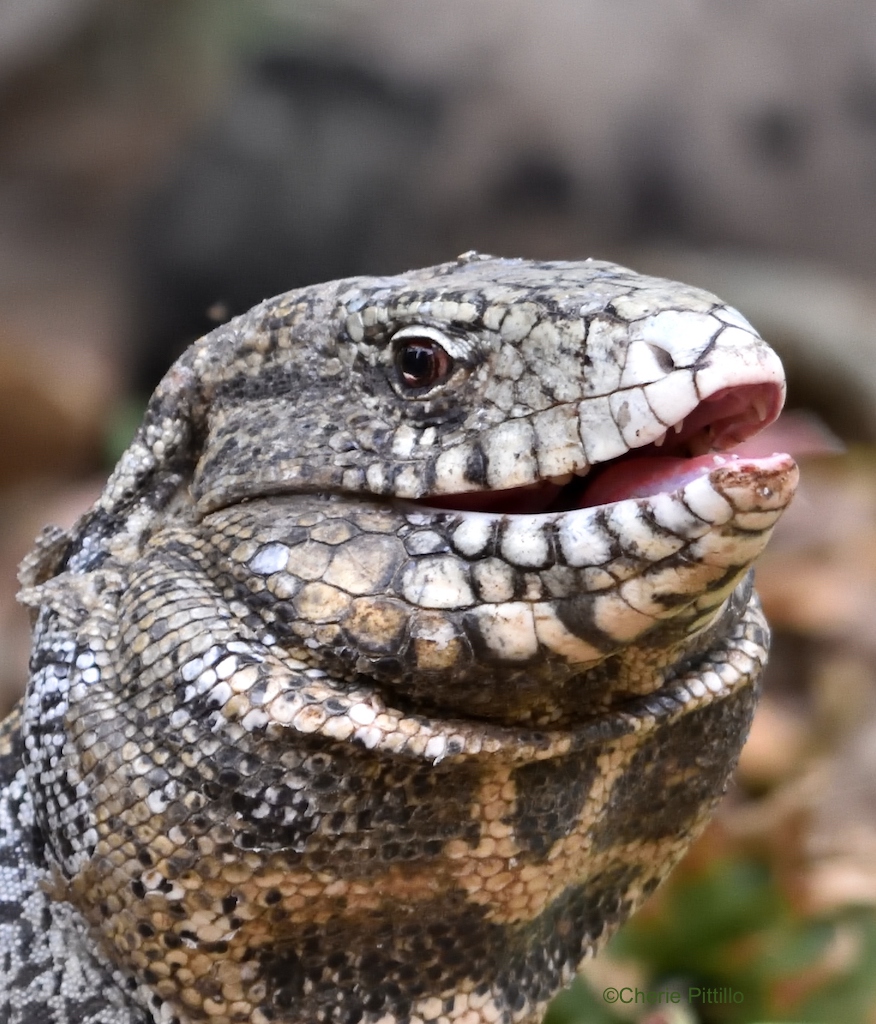
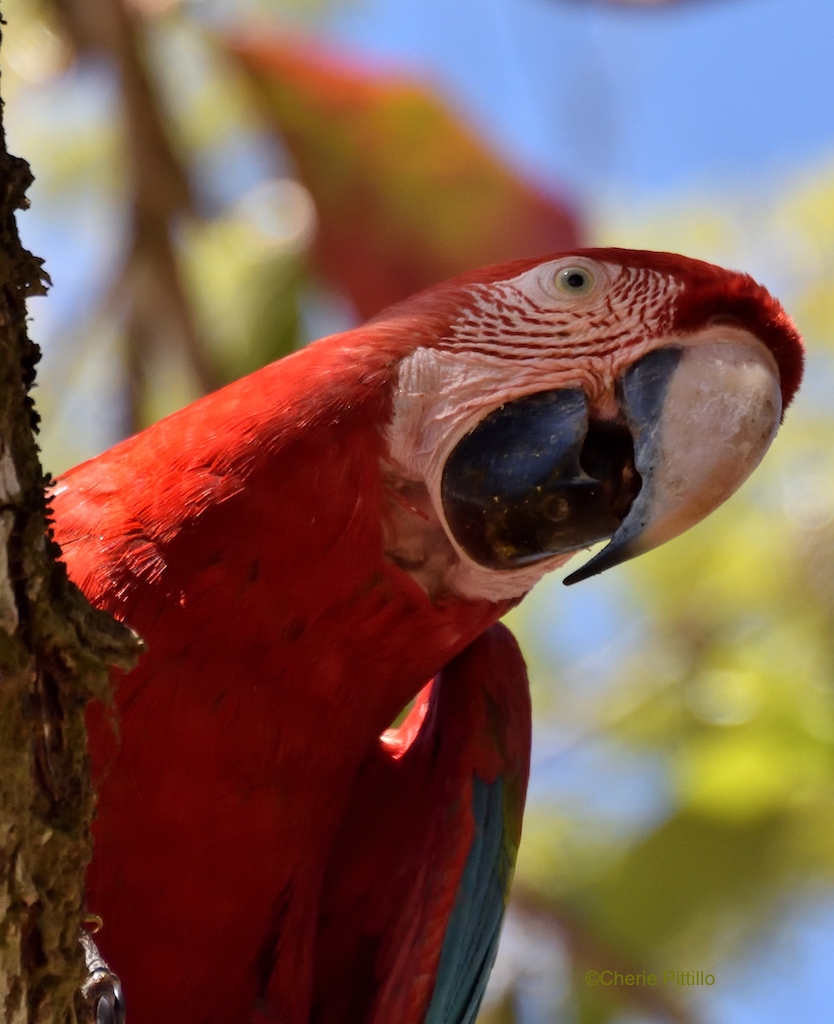

4 comments
Yes, as always, awe-inspiring photos of this word´s wonderful neighbors. Thanks so much.
Alinde O´Malley
Thanks, Alinde. Always happy to share and that readers are still interested in these articles.
I don’t know how you are able to take such AMAZING photos! They are all so perfectly focused and each beautiful creature appears so healthy, living in their natural environment. Truly stunning work Cherie, congratulations!
Thank you, Elizabeth. Visiting a small protected place where animals aren’t hunted or poached or interfered with, helps with their tolerance of human visitors. They can behave naturally and even change their activity levels to daytime.